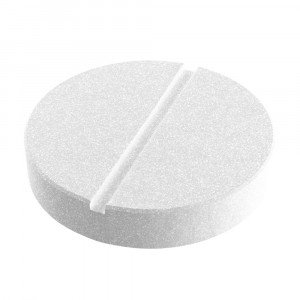 Welcome
Welcome
“May all be happy, may all be healed, may all be at peace and may no one ever suffer."
- A
- B
- C
- D
- E
- F
- G
- H
- I
- J
- K
- L
- M
- N
- O
- P
- Q
- R
- S
- T
- U
- V
- W
- X
- Y
- Z
Pheniramine Maleate - Brands
Pheniramine is a competitive H1 histamine receptor antagonist. Like other alkylamine antihistamines it is also antagonist of muscarinic cholinergic receptors and possesses local anesthetic properties. However, the concentration required for the latter effect is probably not achieved at therapeutic dose
Pharmacology
Pheniramine competes with histamine for the histamine H1 receptor, acting as an inverse agonist once bound. The reduction in H1 receptor activity is responsible for reduced itching as well as reduced vasodilation and capillary leakage leading to less redness and edema. This can be seen in the suppression of the histamine-induced wheal (swelling) and flare (vasodilation) response. Inverse agonism of the H1 receptor in the CNS is also responsible for the sedation produced by first-generation antihistamines like pheniramine. The binding of pheniramine to H4 receptors, and subsequent inverse agonism, may also contribute to reduced itching by antagonizing inflammation.
To be happy, beautiful, healthy, wealthy, hale and long-lived stay with DM3S.


